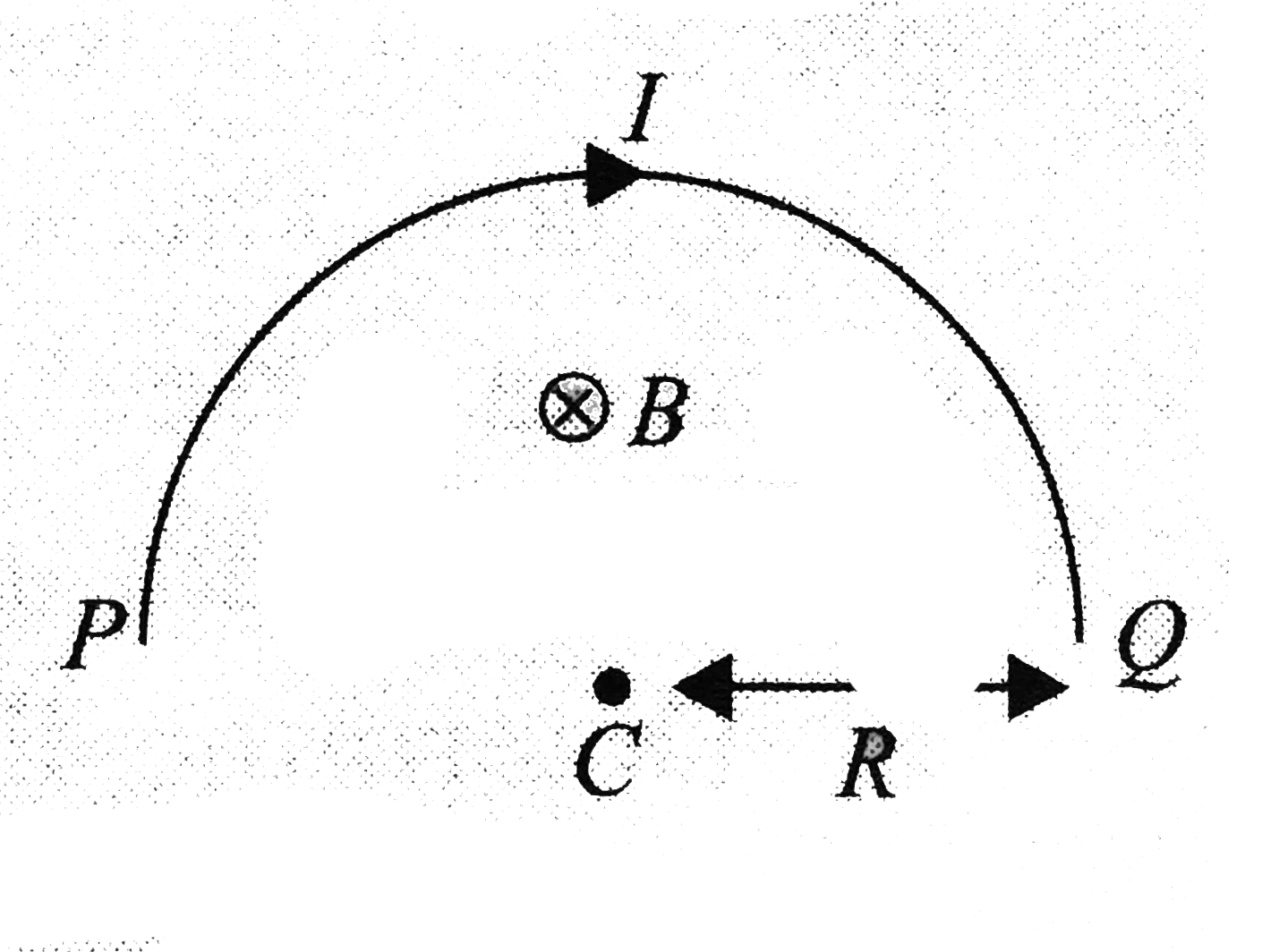In the figure shown find the resultant magnetic force and torque about 'C' and 'P'.

→Fnett=I.2R.B
∵ wire is equivalent to

Force on each element is radially outward τc=0 point about
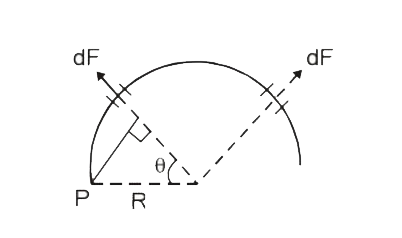
P=∫π0[(iRθ)Bsin900]Rsinθ=2IB2
Topper's Solved these Questions
- MAGNETISM -1Book:MOTIONChapter:MAGNETISM -1Exercise:QUESTIONS FOR PRACTICE
Explore 34 Videos
- MAGNETISM -1Book:MOTIONChapter:MAGNETISM -1Exercise:Exercise - 1 SECTION -A :- Magnetif field due to straight wire
Explore 10 Videos
- MAGNETISM Book:MOTIONChapter:MAGNETISM Exercise:EXERCISE-4 (LEVEL-II)
Explore 40 Videos
- MATTER WAVEBook:MOTIONChapter:MATTER WAVEExercise:EXERCISE 3 (SECTION B)
Explore 7 Videos
Similar Questions
Knowledge Check
Two equal bar magnets are kept as shown in the figure. The direction of resultant magnetic field, indicated by arrow head at the point P is (approximately)
 A
A B
B C
C D
D
A current I flows in the network shown in a adjacent figure. Resulting magnetic induction at point P is
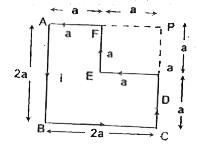 Aμ0i4πaB√2μ0i8πaC8μ0√2πaD116μ0I16πa
Aμ0i4πaB√2μ0i8πaC8μ0√2πaD116μ0I16πa
Find resultant magnetic field at C in Fig
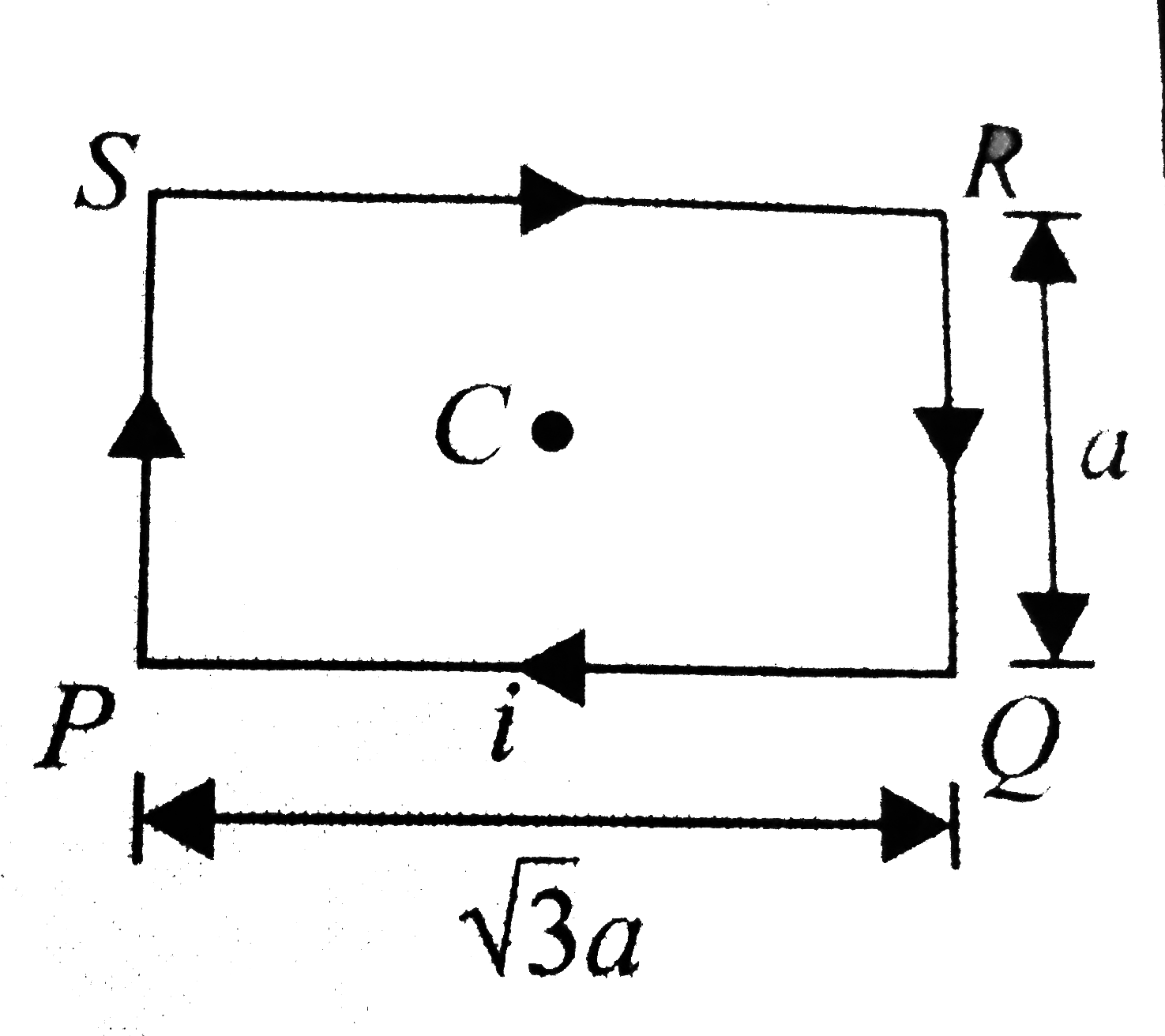
View SolutionIn Fig., a semicircular wire is placed in a uniform field →B directed towards right. Find the resultant magnetic force and torque on it.
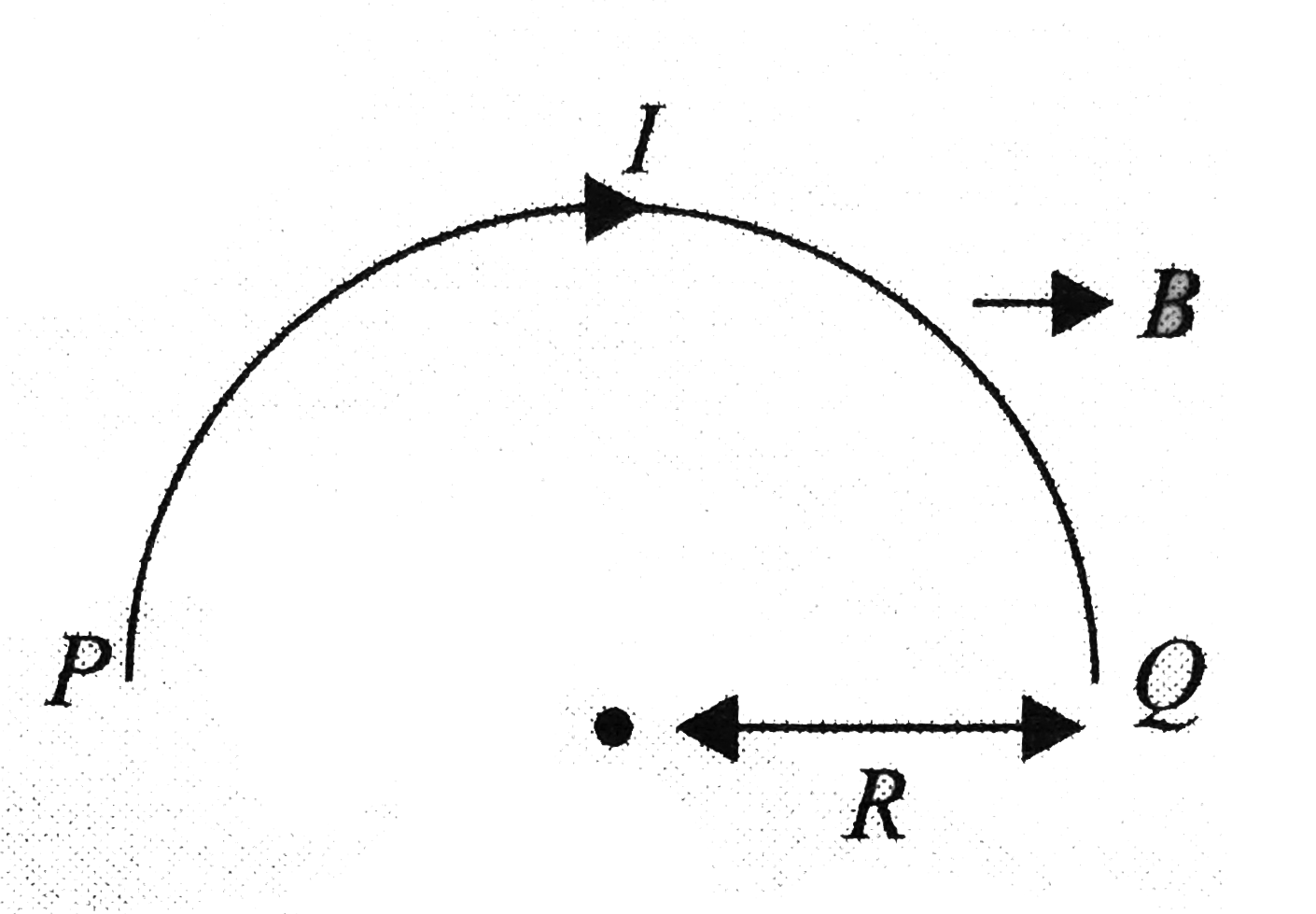
View SolutionFind resultant magnetic field at 'C' in the figure shown.
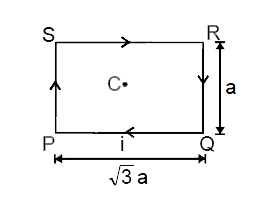
View SolutionFind resultant magnetic field at 'C' in the figure shown.
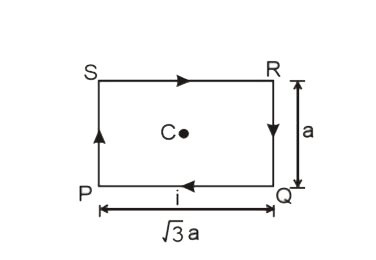
View SolutionThree equal magnetic moments are arranged as shown in the figure. What will be the resultant magnetic moment of this combination?
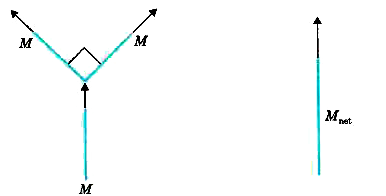
View SolutionIf several forces act on a particle, the total torque on the particle mauy be obtained by first finding the resultant force and then taking torque of this resultant. Prove this. Is this result valid for the forces actin on difeent partivles of a body in such a way that their lines of acting intersect at a common point?
View Solution


